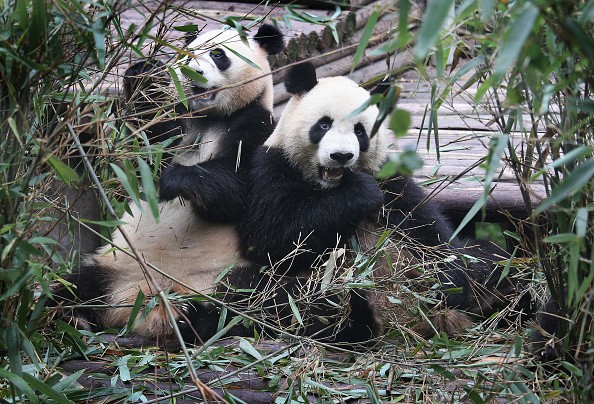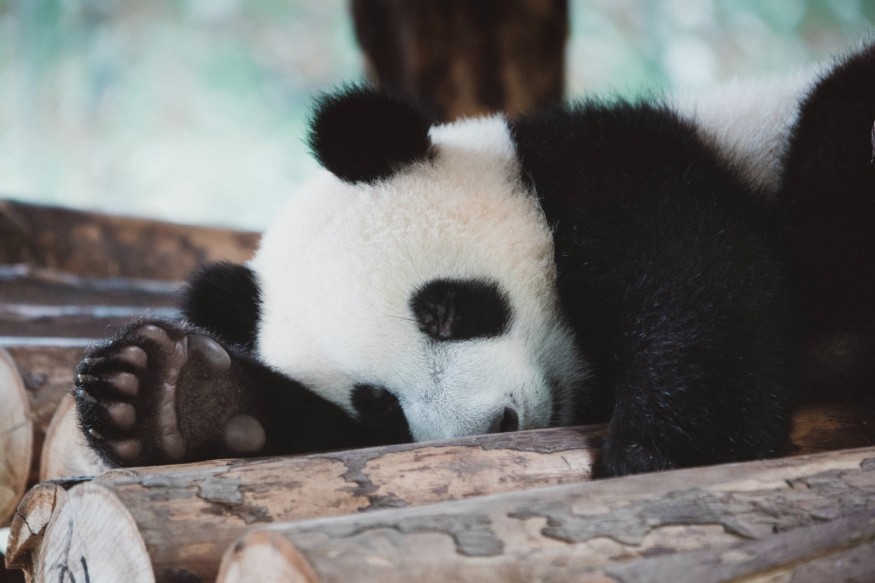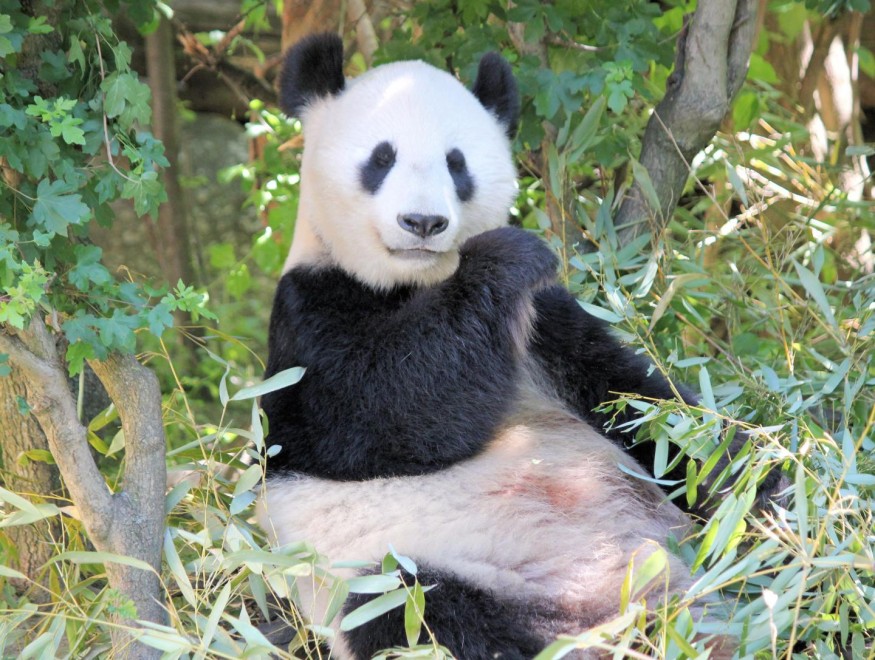An old fossil reveals the earliest panda to thrive purely on bamboo and the genesis of panda fake thumbs. This might show how these animals managed to survive for centuries solely on bamboo.

Fake Thumb

When is a thumb no longer a thumb? When a big panda's extended wrist bone is utilized to grip bamboo. The panda's hand has never grown a genuinely opposable thumb, instead of evolving a thumb-like finger from a wrist bone, the radial sesamoid, throughout its lengthy evolutionary history. Despite being bears, this remarkable adaption allows these bears to survive completely on bamboo (members of the order Carnivora, or meat-eaters). Xiaoming Wang, Curator of Vertebrate Paleontology at the Natural History Museum of Los Angeles County, and colleagues report on the finding of the first bamboo-eating ancestral panda with this "thumb," which is surprising since it is longer than its current relatives.
While the famed false thumb of contemporary giant pandas (Ailuropoda melanoleuca) has been known for more than a century, the evolution of this wrist bone remained unknown due to a near-complete lack of fossil data. A fossilized false thumb from an ancestral giant panda, Ailurarctos, discovered at the Shuitangba site in Zhaotong, Yunnan Province in south China and dating back 6-7 million years ago, provides scientists with a first look at the early use of this extra (sixth) digit-and the earliest evidence of a bamboo diet in ancestral pandas-helping us better understand the evolution of this unique structure.
"Deep in the bamboo forest, giant pandas swapped an omnivorous diet of meat and fruit for silently devouring bamboos, a plant abundant in the subtropical forest but of poor nutritious value," explains Dr. Xiaoming Wang of the NHM Vertebrate Paleontology Department. "Perhaps the most important adaptation to ingesting a tremendous amount of bamboo is tightly grasping bamboo stems to break them into bite sizes."
Answering an Age-Old Question

This revelation may also help answer a long-standing panda mystery: why are their fake thumbs so underdeveloped? The fossil Wang and his colleagues uncovered revealed a longer false thumb with a straighter end than its modern successors' shorter, hooked digit. So, why did pandas' artificial thumbs stop developing to get longer?
Use of False Thumb
"The panda's artificial thumb must walk and 'chew,'" Wang explains. "Such a dual function limits how large this 'thumb' may develop."
Wang and his colleagues believe that the shorter fake thumbs of modern pandas represent an evolutionary compromise between the requirement to handle bamboo and the necessity to walk. A contemporary panda's hooked second thumb allows them to grasp bamboo while carrying their considerable weight to the next bamboo feast. After all, the "thumb" serves as the radial sesamoid, a bone in the animal's wrist.
"Five to six million years should have been enough time for the panda to develop longer false thumbs," says Denise Su, associate professor at Arizona State University's School of Human Evolution and Social Change and research scientist at the Institute of Human Origins, and co-leader of the project.
"From a predatory predecessor to a pure bamboo-feeder, pandas must overcome several challenges," Wang explains. "The most astounding evolution against these obstacles may be an opposable 'thumb' from a wrist bone."
Related Article : Redditor Uses Gamestop Investment Winnings to Take Care of Gorillas
For more wildlife news, don't forget to follow Nature World News!
© 2025 NatureWorldNews.com All rights reserved. Do not reproduce without permission.





